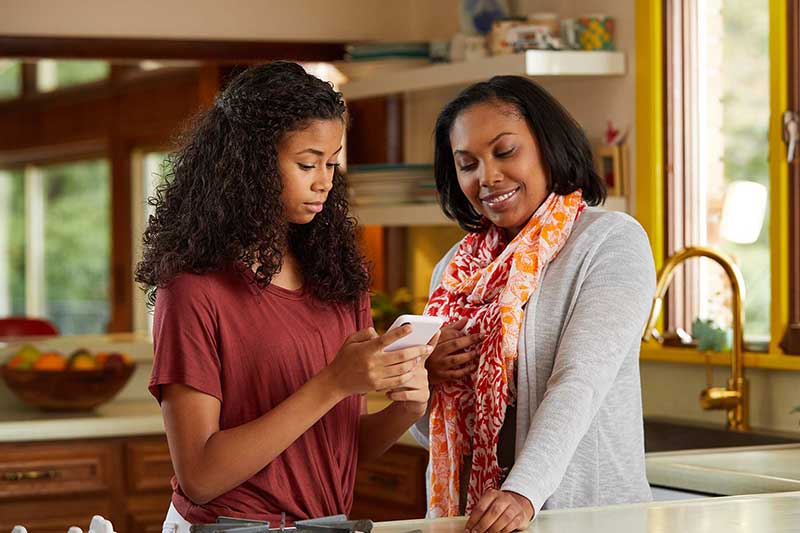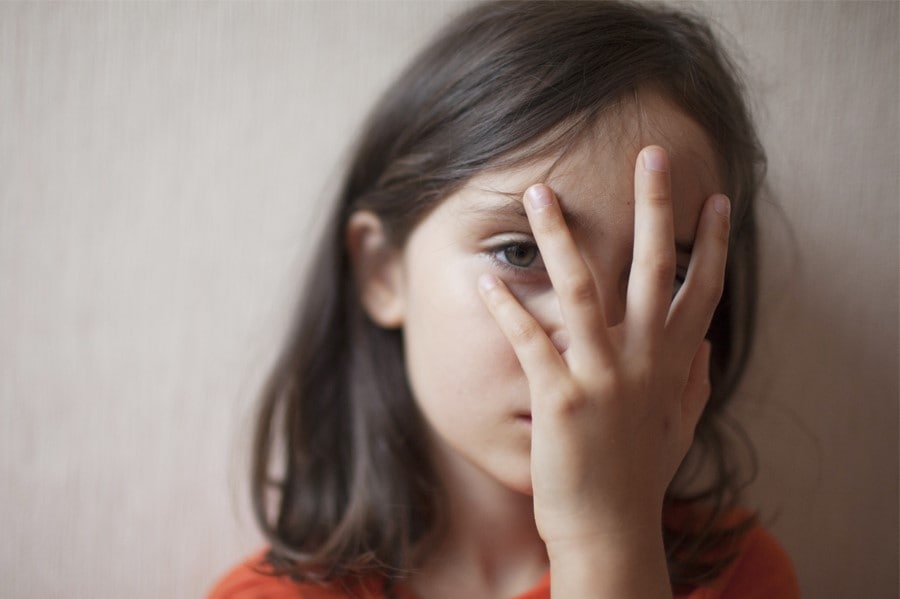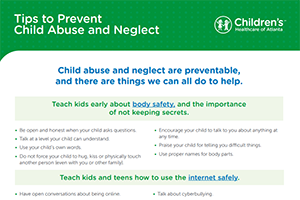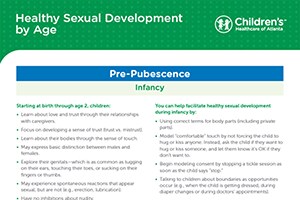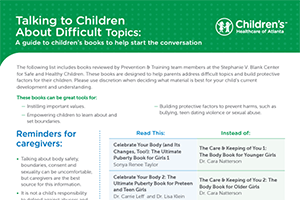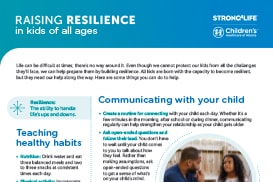Preventing Abuse of Kids and Teens
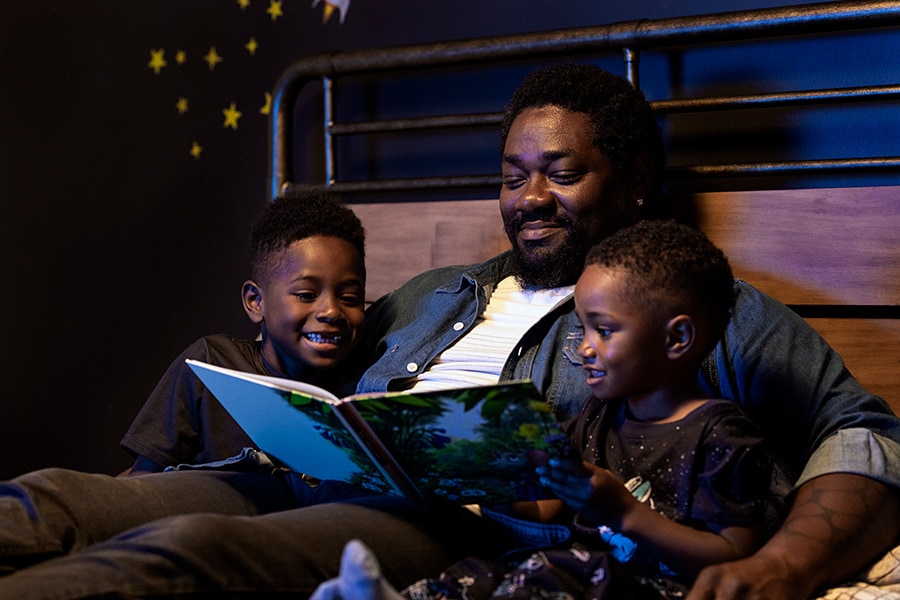
Child abuse and neglect are more common than you may think. According to the Centers for Disease Control and Prevention, at least 1 in 7 kids have experienced abuse or neglect within the past year.
In Georgia—during 2021 alone—the Georgia Division of Family and Children Services’ child protective services hotline received 62,675 total calls affecting 121,595 kids. Of these calls, 8,690 were confirmed cases of child abuse (5,563 neglect, 2,239 psychological abuse, 1,108 physical abuse and 763 sexual abuse).
Every child deserves to grow up feeling safe and loved. Learn how to help prevent abuse of kids and teens.
Download our printable tip sheet on how to prevent abuse.
In this article:
What is child abuse?
These are the 6 most common types of child abuse:
- Physical abuse: Using physical force against a child that causes or intends to cause bodily harm
- Sexual abuse: Enticing or forcing a child to engage in sexual acts, exhibiting genitals to a child or forcing a child to witness sexual activities
- Neglect: Failing to provide for a child’s basic needs—physical, emotional, educational or medical (e.g., shelter, nutrition, medical care, education, etc.)
- Emotional abuse: Harming a child’s self-worth by shaming, name-calling, rejecting, withholding love or engaging in other, similar behaviors
- Child endangerment: Involving children in reckless activities that could cause immediate harm, including:
- Child under the age of 18 witnessing domestic violence
- Child under the age of 14 in a vehicle with a driver who is under the influence
- Child present where methamphetamine is manufactured
- Prenatal substance abuse resulting in infant withdrawals, substance in meconium or other medical diagnosis
- Commercial sexual exploitation of children, or child trafficking: Sexual abuse involving a child in exchange for something of value, or promise thereof, either to the child or another person or persons
Ways to prevent child abuse and neglect
Child abuse and neglect are preventable, and there are things we can all do to help:
- Teach kids early about body safety, the proper names for body parts and the importance of not keeping secrets.
- Teach kids and teens how to use the internet safely.
- Be mindful of who has access to, or spends time with, your child. Trust your instincts. If you feel uneasy about leaving your child with someone, don’t do it.
- Practice appropriate boundaries and touch when interacting with the children in your life, and encourage other adults to do the same.
- Take a positive parenting approach to discipline.
- Take care of and make time for yourself, the parent or caregiver.
Who's at risk for child abuse and neglect?
Kids under the age of 4 and kids with disabilities are at the highest risk of abuse. Other at-risk groups include kids and teens:
- Whose caregivers experienced child abuse and/or neglect growing up
- In families with mental health issues and/or substance abuse
- Whose caregivers have limited knowledge of kids’ needs and normal development
What are signs of child abuse?
A child who has experienced abuse is typically scared, ashamed, confused and may feel some sort of misguided guilt. Some signs that should spark concern for kids include:
- Withdrawal from their friends and favorite activities
- Changes in their behavior or school performance
- Sleep problems or nightmares
- Repeated absences from school
- Self-harm or suicide attempts
- Injuries that are inconsistent with the child's story about what caused them
Additionally, injuries or bruises (including patterned bruising) in any of the following locations should raise concerns about possible child abuse:
- Torso, including genitals
- Ears
- Neck
- Frenulum (bruising from forcing a bottle into a child’s mouth)
- Angle of the mandible (injuries to the jaw)
- Cheeks
- Eyelids
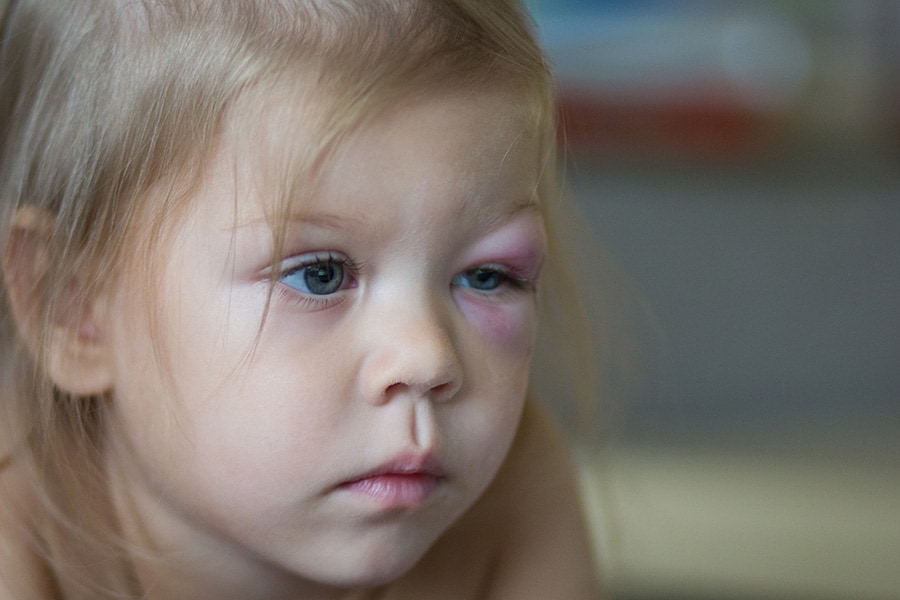
Any bruising in a child younger than 4 should raise concerns about possible child abuse.
Even if there are no visible signs of injury, report reasonable suspicions of abuse or neglect to the Georgia Division of Family and Children Services.
What are signs of child neglect?
The signs of neglect are different than the signs of abuse. Indicators of child neglect include:
- Lack of appropriate safety
- Lack of appropriate supervision
- Routinely wearing inappropriate clothing for the weather
- Inappropriate nutrition (e.g., the child is significantly undersized or underweight for their age or constantly and consistently expressing feelings of hunger)
- Consistent uncleanness or unkemptness
Child abuse and neglect resources
Know the resources available when crises occur.
Reporting child abuse or neglect
- Call 911 if you believe a child is in immediate danger.
- Georgia: Call the Georgia Division of Family and Children Services’ child protection hotline at 1-855-GA-CHILD (1-855-422-4453).
- Outside of Georgia: Call your state’s child abuse hotline. To find your state’s hotline, visit childhelphotline.org.
Accessing resources after abuse is reported
- Georgia:
- Metro Atlanta: Call the Stephanie V. Blank Center for Safe and Healthy Children at 404-785-3833.
- Outside of Metro Atlanta: Call the Children’s Advocacy Centers of Georgia at 770-319-6888.
- Outside of Georgia:
- Call or text the Childhelp National Child Abuse Hotline at 1-800-4-A-CHILD (1-800-422-4453).
- Find a local child advocacy center at nationalcac.org/find-a-cac.
How can I learn more about preventing child abuse and neglect?
The Stephanie V. Blank Center for Safe and Healthy Children, a department of Children's Healthcare of Atlanta at Scottish Rite, is a child advocacy center that works to promote the safety, protection and well-being of all kids. In 2022, the Blank Center’s team of pediatric professionals saw 1,749 kids.
The Blank Center offers free live and on-demand training and resources to healthcare professionals, parents and educators. Stay up to date on all learning opportunities from the Blank Center.


